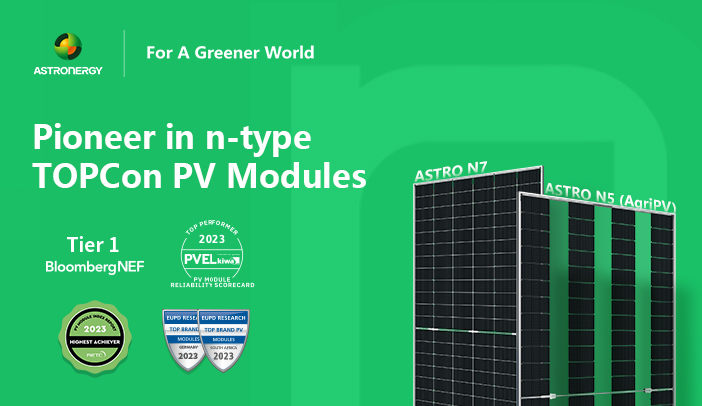- The European Technology and Innovation Platform for Photovoltaics (ETIP PV) has analyzed solar module production costs for China, India, the European Union, and the United States, and has found that production in China could currently lead to manufacturing costs ranging from $0.160/W to $0.198/W, depending on the panel technology.
The organization’s experts considered the cost of ownership (CoO) for the production of TOPCon, heterojunction (HJT) and tunnel back contact (TBC) modules. Its assumptions were based on the idea of module manufacturing at a 10 GW integrated PV factory.
“For different PV technologies, we see that there is little difference in the cost of ownership from one technology to another (up to 8,4% between HJT and passivated emitter and rear contact, or PERC), and can largely be explained by different raw materials requirements, notably silver, and different cell production processes for innovative technologies,” the analysts said in their white paper, “PV Manufacturing in Europe: Ensuring resilience through industrial policy.”
For the TOPCon technology, production prices in China might currently range between $0.160/W to $0.189/W. In Europe, prices are likely between $0.243/W and $0.300/W. India and the United States likely have production costs of $0.281/W and $0.195/W, respectively.
According to the report, Chinese manufacturers could currently produce heterojunction panels for between $0.173/W to $0.198/W. The price range for potential European module makers is indicated at between $0.250/W and $0.305/W. Indian and US producers, meanwhile, should achieve prices of $0.209/W and $0.290/W, respectively.
As for TBC technology, ETIP PV said Chinese companies could now produce panels for between $0.162/W and $0.190/W, with the European manufacturers being able to achieve a price range of $0.245/W to $0.303/W. Indian and US manufacturers could likely produce for $0.197/W and $0.284/W, respectively.
Cost variation
The researchers said that price differences between the analyzed regions mainly depend on material and labor costs, as well as equipment and building depreciation costs.
“Material cost differences can represent up to 30% premium, which results from shipment, economies of scale and import taxes in certain countries,” they said. “Labor cost can vary by a factor of eight, while the electricity costs in Europe or the USA can be up to five times higher compared to China.”
They also said that production equipment costs could be 40% higher for Western companies, as these include import duties. “Building costs for a manufacturing plant are around two times higher in Western markets compared to China,” they said.
ETIP PV also provided a summary in its report of all incentive schemes for solar manufacturing in the analyzed regions.
Author: Emiliano Bellini
This article was originally published in pv magazine and is republished with permission.
















